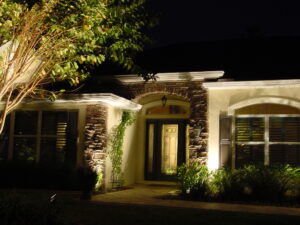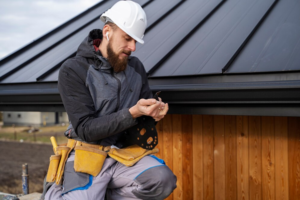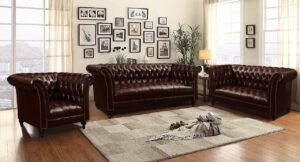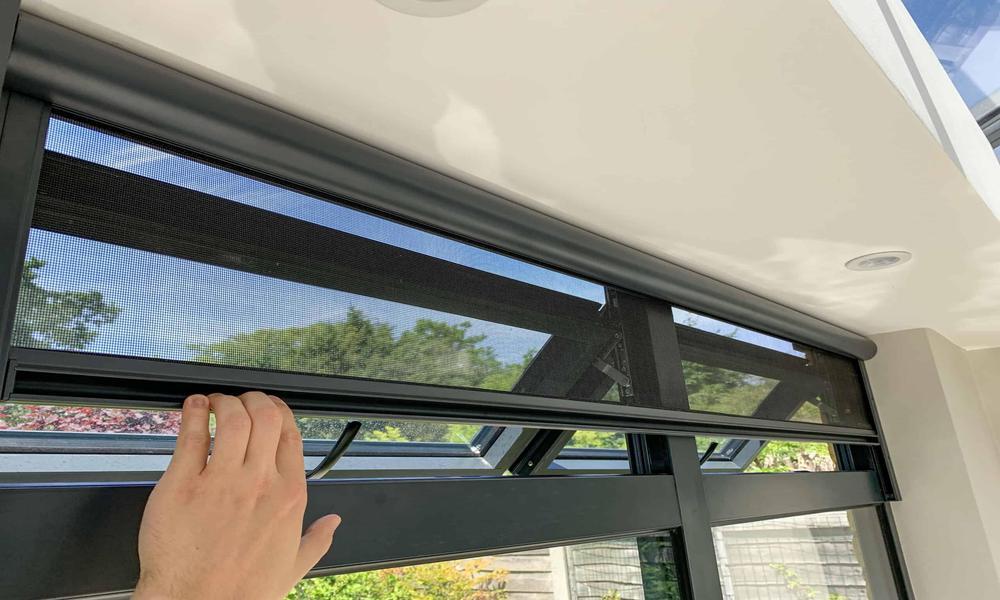
Living in a humid and warm climate is the perfect area and breeding ground for mosquitos. Still, it is challenging to deal with them all year round with repellants and other options that will protect you. During the summer days, mosquitos are the most prominent, which is why you should find ways to keep them away from your household.
That is why you should take advantage of various insect screens that will protect your loved ones from bloodsuckers. For instance, magnetic options are perfect for keeping mosquitos out. At the same time, you can prevent cockroaches, lizards, and other flying insects from entering your household.
After checking here, you will learn everything about insect screens, which will offer you peace of mind. However, you can find other materials and options on the market depending on your preferences and requirements.
The best course of action is to determine the mesh material that will work for you. It is vital to choose the one material that will meet your needs and requirements.
Things to Consider When Buying an Insect Screen
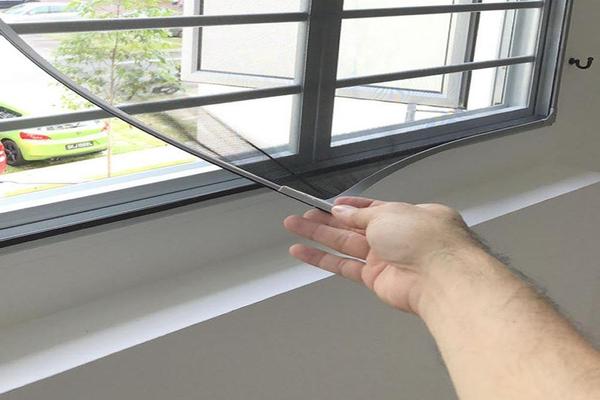
1. Sizes
Before understanding the details, you should determine the proper size based on the dimensions of your doors, windows, and many more. Everything depends on the openings you need per single inch. For instance, a mesh that features 18 x 16 means you will get eighteen openings per inch, which is something we count from left to right.
When you count from top to bottom, you will notice sixteen openings per single inch. Generally, the greater number of openings per inch translates into smaller holes altogether. A higher size is more effective in keeping out small insects. Mesh size will determine the sturdiness as well. Small openings are tighter and less likely to sag.
The standard size is 18 x 16, which will help you keep out large insects such as termites and mosquitos. However, if you wish to prevent tiny insects from entering your residence, we recommend you get 20 x 20 mesh.
Another important consideration is to determine the ventilation capabilities of a single mesh. Generally, large openings will allow higher airflow, while the smaller insects will enter inside. On the other hand, when you add tiny openings, you will get lower airflow as a result. Everything depends on the size, but you can boost the airflow by getting a lightweight option.
2. Color
Most people think that it doesn’t matter which color they get for insect mesh because they all function the same. However, color is not just about aesthetics. Some people prefer colors that blend with the interior. For instance, a white window frame requires a white mesh to ensure you get matching décor.
However, the white mesh is problematic because it will affect overall visibility. Generally, the most common options are grey, white, and black, but you should understand the differences before making up your mind.
Black
The most popular solution is black because it absorbs light. Therefore, you will get the best visibility and UV-ray protection. Apart from the idea that you will have a transparent view through the screen, you will reduce the glare.
The black mesh is the least visible to others, meaning you can achieve the invisible effect throughout the process.
White
Suppose your goal is to get the opposite effect than black mash. In that case, you should get the white that reflects light, while offering you reduced outside visibility and low UV-ray protection.
When it comes to visibility, it is transparent to others, while you will achieve a translucent appearance. Still, it is perfect for diffusing light, which can be useful if you need more lighting altogether.
Grey
You will get similar benefits as the black option, but with lower efficiency since grey is a color that cannot absorb light as well as black. Another important consideration is that sunlight will determine its visibility.
Generally, it is not noticeable during the hot summer day, throughout the night, it will become more transparent.
3. Material
Visibility, price tag, durability, and strength are essential considerations when determining the best material for insect screens. The best one depends on the specific factors you wish to achieve.
Fiberglass
The most common option is fiberglass because it is straightforward, affordable, and will offer you perfect visibility. Fiberglass is flexible, lightweight, and resistant to corrosion. Some manufacturers combine it with PVC to boost overall sturdiness.
However, the main disadvantage is the lack of durability compared with other materials. It can easily fray on the edges and stretch. Prolonged sun exposure can lead to discoloration and deterioration.
Polyester
If you wish to get an alternative to fiberglass, you should take advantage of polyester mesh. You will get flexibility, additional resistance, and a more durable solution. It features vinyl coating, which is a perfect protective barrier.
The polyester mesh should feature a layer of vinyl to ensure the pet screen. That way, you can boost the abrasion resistance, which will make it challenging for pets to damage it.
As soon as you decide that checking out this website: https://www.fliegle.de/ is the best course of action, you will learn the different materials you can use for insect screens.
Polypropylene/Polyethylene
Both materials are becoming more popular in the last few years. They are common for numerous applications and feature similar properties altogether. You can find the combination in the form of an insect screen, while you can get the ones from either one.
Generally, they are not prone to sagging and tear-resistant. At the same time, they are good insulators and lightweight, which makes them perfect. You can find coated options that are waterproof.

